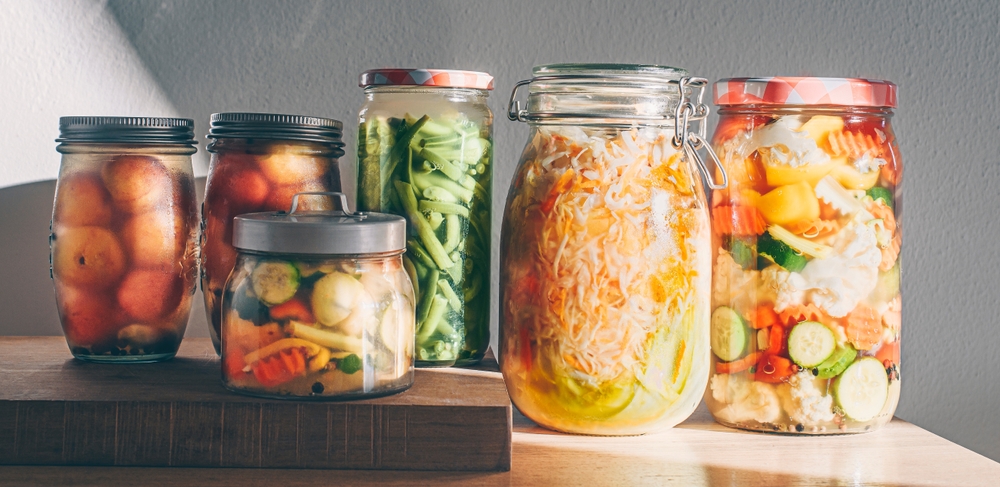Local recipes reaching international audiences through social platforms
Local recipes have always traveled with people, but social platforms now accelerate that journey from neighborhood kitchens to global feeds. Short videos, step-by-step reels, and threaded posts let home cooks and small vendors present cuisine with context — ingredients, techniques, and stories — that help distant audiences taste and understand traditions without leaving home. This shift reshapes how recipes are shared, adapted, and preserved across borders.

Local recipes can resonate far beyond their place of origin when presented thoughtfully on social platforms. Creators who combine clear technique, visual storytelling, and cultural context invite viewers to try recipes at home, to seek particular ingredients, or to appreciate the provenance behind a dish. Social media formats favor digestible steps, enticing photography, and narrative cues about seasonality, fermentation, or pairing. The result is not just recipe replication but a layered exchange where tradition, adaptation, and sustainability intersect.
How do ingredients and provenance shape cuisine?
Ingredients carry stories: the soil where produce grew, the region’s trade history, and community practices that influence flavor. When creators highlight provenance — naming varieties, describing local farms, or showing markets — audiences gain a sense of authenticity. This detail also aids reproducibility: viewers learn what to substitute when a regional ingredient is unavailable. Clear notes about sourcing and ingredient function make recipes more accessible while preserving respect for the original cuisine.
How does seasonality and sustainability matter?
Seasonal recipes showcase the rhythm of local foodways and often align with sustainable practice. Creators who mark recipes by season teach audiences how flavors change across the year and why certain techniques matter for freshness or preservation. Discussing sustainability — reduced waste, local sourcing, or regenerative practices — connects culinary enjoyment to environmental considerations and encourages mindful homecooking rather than one-off trend consumption.
How do fermentation and techniques travel online?
Fermentation and other hands-on techniques benefit from visual demonstration. Step-by-step videos demystify processes such as lacto-fermentation, koji work, or bread sourdough rituals. When creators combine close-up shots, timing guidelines, and troubleshooting tips, novice cooks feel empowered to try transformative methods. Showing small-batch, low-risk approaches also lowers the barrier for experimentation and nurtures communities that share iterations, troubleshooting, and cultural context.
How does streetfood and homecooking engage audiences?
Streetfood and homecooking translate well to platforms because they emphasize immediacy, flavor, and personal narrative. Vendors can showcase quick assembly, unique condiments, and the social environment that gives a dish meaning. Home cooks offer intimate perspectives: family lore, regional variations, and ways to adapt recipes for a kitchen without specialized equipment. These approaches humanize cuisine and create content that is both instructional and emotionally resonant.
How are tradition and fusion balanced in recipes?
Fusion is often a creative response to new ingredients or cultural exchange. Responsible creators make distinctions between honoring tradition and creating hybrid dishes: they acknowledge origins, explain the basis of adaptations, and present fusion as a forward-looking conversation rather than replacement. Explaining technique and flavor logic helps audiences understand why a fusion works and which elements of tradition are preserved intentionally.
How do beverage, mixology, and pairing translate?
Beverage content — from traditional fermented drinks to contemporary mixology — benefits from sensory description, technique, and pairing suggestions. Demonstrating ratios, garnish choices, and the cultural setting enhances viewers’ ability to recreate and pair drinks with food. Short-form videos that show pouring, aroma notes, and recommended pairings make beverage content more practically useful and pleasurable for an international audience.
Local recipes reach global audiences most effectively when creators combine useful detail with cultural humility. Practical elements — ingredient substitutions, timing guidelines, and clear technique — help distant cooks reproduce dishes, while provenance and tradition provide necessary context. Platforms favor concise visual storytelling, but depth remains important: captions, linked recipes, and saved collections let creators preserve nuance beyond a single clip.
Platforms also shape adaptation. Audiences often reinterpret recipes for dietary needs, available ingredients, or local tastes; creators who explain the role of each ingredient and possible substitutes encourage thoughtful adaptation rather than superficial changes. Community features like comments and collaborative posts can surface regional variations and living traditions, turning each shared recipe into a starting point for broader culinary exchange.
Conclusion
The global journey of local recipes through social platforms reflects a blend of instruction, storytelling, and cultural exchange. When creators attend to ingredients, technique, provenance, and sustainability — and present those elements clearly for diverse audiences — recipes become bridges rather than appropriations. This process supports both preservation and innovation, enabling traditions to be experienced, tested, and adapted across many kitchens.




